The Big Picture: A Climate-Friendly Diet
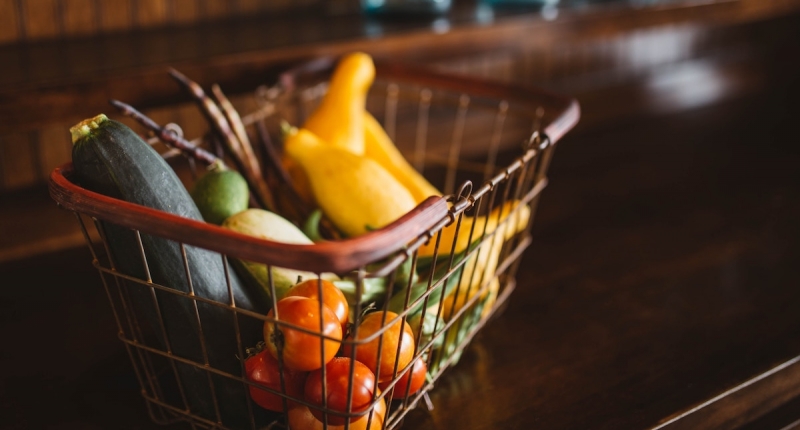
Eat less beef is a common refrain for those wanting to cut the climate impacts of their diets. While backed by research, this rule of thumb comes with a caveat – it is just one slice of the pie to consider when making food choices with the climate in mind.
The truth is, the scientific understanding about the whole pie is still unfolding. We don't yet have a big picture view of the impacts of all of the major food systems on our climate – and vice versa – nor one that casts those impacts relative to others associated with food, such as land use and water pollution.
In fact, a recent paper by an NCEAS working group revealed the extent of “underassessed” foods, such as bush meat and aquaculture products, that are often missing from assessments, warning that if we continue to leave them out of our accounting, we cannot make smart food choices at both the policy and consumer levels.
The good news is, now that we have a considerable body of research on food and climate, we can start piecing their findings together to get that holistic view, as well as identify the missing pieces of knowledge and fill them with data. And there are researchers at NCEAS who are hard at work trying to do that through a collaborative, synthesis research approach.
In this edition of The Big Picture, four of those researchers share their insights and hopes about a climate-friendly diet.
Kirsty Nash, Richard Cottrell, and David Williams are all part of the working group that published that paper about underassessed foods, which is part of their larger effort to get a comprehensive understanding of the environmental impacts of all of the world’s major food systems. And Maya Almaraz is part of a different working group that is exploring complementary questions focused on identifying pathways for sustainable protein consumption, particularly among the world’s most vulnerable populations.
There’s so much to think about when it comes to food and climate change. What is particularly salient for you right now?
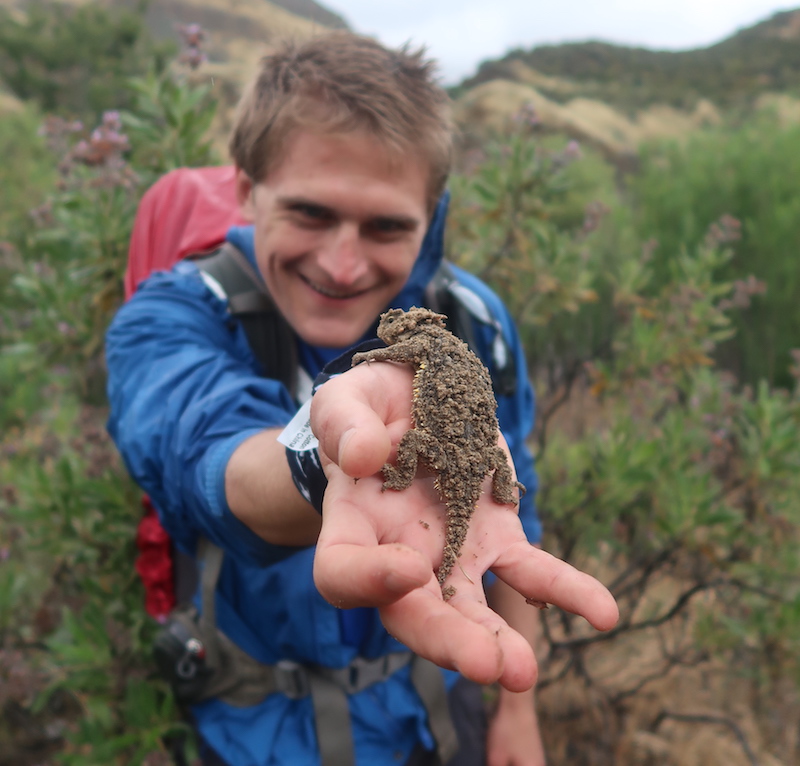
Williams: I think the big one has to be the most basic: how are we going to keep feeding ourselves under climate change? We need to know what the likely impacts are of climate change, where they are likely to be the most severe, and what we can do to mitigate them. Here, synthesis science can really help, especially with identifying the regions that are most at risk.
Nash: Although society faces considerable challenges, a key underappreciated area is the potential for opportunity. Our working group has been exploring the gaps in ‘comprehensive’ environmental assessments of food production and, while I find the amount of missing information from these assessments concerning, it also provides hope: by incorporating this information, decision-makers will have considerably more power to make informed decisions that minimize unintended outcomes for our local, national, and global food systems.
Cottrell: Taking a whole food system approach to food systems research is increasingly important also because, under climate change, extreme events are predicted to continue to increase in frequency. A major interest of mine is where climate change is creating interrelated challenges for food production systems on both land and sea. We published an analysis this year that looked at food production shocks – sudden, unexpected losses to food production – for crop, livestock, fisheries, and aquaculture sectors globally. When a shock occurs to agriculture, there was often a similar response in aquatic production sectors and vice versa. For example, while major droughts in Afghanistan in the early 2000s decimated crop and livestock production, there was also a huge drop in fisheries landings, as the dry conditions had also reduced the productivity of freshwater systems. Food security policies often cite livelihoods that branch across both fisheries and agriculture as important adaptation strategies during extreme weather events, but without fully understanding the synchrony of the challenges among these different sectors.
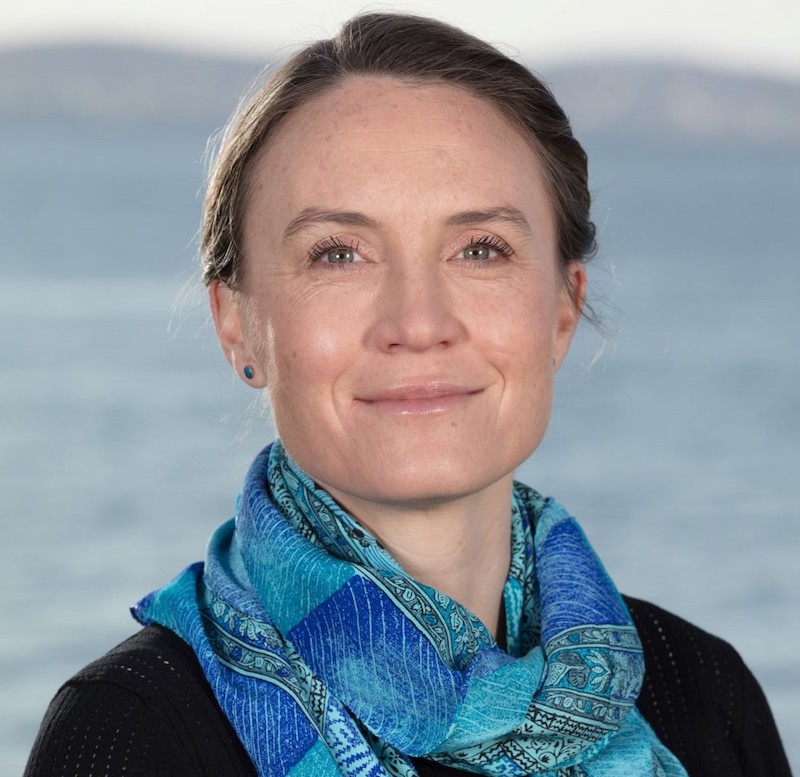
Almaraz: To address climate change in the time frame necessary, we are going to have to use all the tools at our disposal. One of the synthesis papers I am working on right now is looking at how we might flip the story of impacts between food production and climate change to that of positive feedback loops, by using technologies in agriculture. Technologies such as compost, rock, and biochar amendments to soils have co-benefits for soil carbon and food production, among other things. Diet is another important tool to reduce climate impacts from our food system. For our paper, we are using data synthesis and modeling techniques to look at the way technology and diet can be used in tandem to achieve negative emissions in the food sector. Proposing technologies with co-benefits like these will make them more readily adoptable.
Good data are essential to understanding food and climate impacts, and while we have accrued a lot of them, there are still data challenges – such as lack of access or gaps – that impede our ability to get a bigger picture. What dataset would you like to see more investment in?
Williams: We probably know more about greenhouse gas emissions than other environmental impacts, but these data are stipx"ll both limited and biased: we know a lot about certain foods—meat production, wheat, rice and maize in particular—and certain regions—largely Europe and North America—but far, far less about other foods and regions. And this is really important because, without this information, we don’t actually know what the impacts of different foods will be on the environment.
Almaraz: Interestingly, through one of our studies, we learned that we do not have good data on what people are actually consuming. We have a lot of data on access to foods, but for a number of reasons it’s hard to know what people actually consume. For example, people may misreport consumption based on their eating aspirations, and data collection by one nation can differ significantly from another.
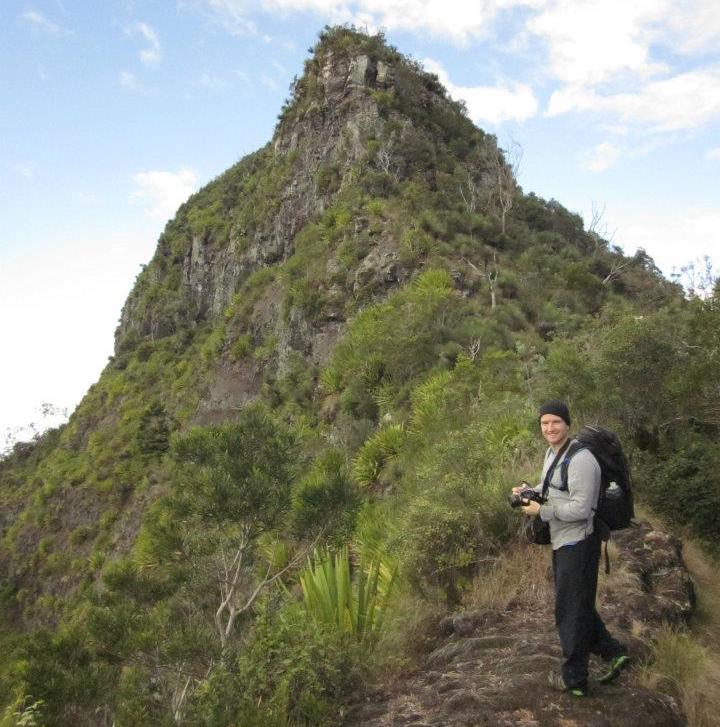
Nash: I’d like to see broader data on how climate change influences small-scale fisheries and the food security of regions highly dependent on them. These data will be necessary to support populations that are vulnerable to food insecurity. Building this dataset will require information on climate change impacts to other food systems that interact with small-scale fisheries, such as industrial fishing, aquaculture, and land-based foods.
Cottrell: I would love to see more investment in datasets that track the trade of food and feed products far more closely than the data we currently have. The negative effects climate change has on food production force us to acquire commodities from elsewhere. If we understood where ingredients are sourced from in much finer detail than we do now, we would have a much greater understanding of the sustainability trade-offs of the changing food trade.
In the big picture of food and environmental impacts, what is something you think we’re not talking about enough?
Williams: Behavior change. For many food impacts, we actually have an idea of what we need to do, and maybe even the technological fixes that can do it. But we still have little idea how to get people to change their behaviors. For example, we know that we eat too much in the U.S. and across much of Europe—too much overall, too much sugar, too much meat. And we’ve known this for years. But it’s still happening. So, understanding the large- and small-scale drivers of eating behaviors is going to be absolutely key for reducing the environmental impacts of feeding the world.
Nash: The full range of environmental impacts that affect food systems – our review of published environmental assessments highlighted the dominance of greenhouse gases, freshwater use, and land use in these assessments. In contrast, impacts such as acidification, biodiversity loss and eutrophication have received considerably less attention.
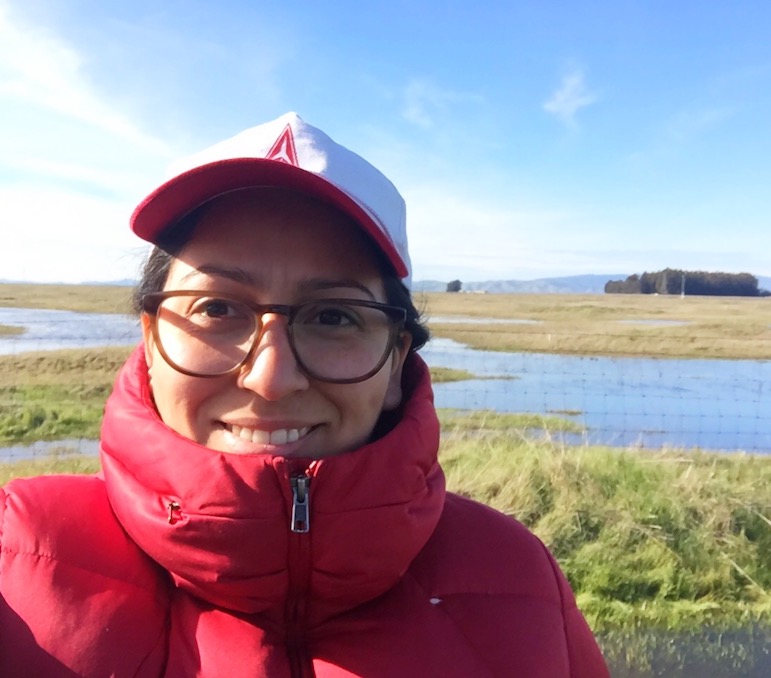
Cottrell: This means that comparisons of the environmental impacts across different food products are frequently inappropriate. For example, we often compare the greenhouse gas emissions of fishing vessels to that of burping cattle to understand which food is more sustainable. But in reality, the biggest impacts of fishing are on aquatic population structure, ecosystem interactions, and functional diversity, and these are rarely considered. And of course, cattle production can contribute massively to land clearance, eutrophication, and biodiversity loss, yet these impacts are very rarely included together. The current comparisons are the best first pass at the problem, but now we need more nuanced comparisons.
Almaraz: Food systems are also studied one sector at a time. But the food system is a complicated web of small-holder farms to multinational corporations, everything from algae to beef production, and economics to culture – all of these factors interact to produce environmental outcomes. Of course, it’s difficult to fit everything into a single study, but expanding single sector or single discipline studies would be a good first step.
When you envision of a future with a sustainable global food system, what is one piece of it that you are particularly excited about?
Nash: There are moves to develop a more nutritionally sensitive food system that better accounts for the nutritional benefits we derive from certain foods, such as fish, and ensures these benefits are directed to those who need them most. I think this an extremely exciting area of work that has the potential to improve food security without necessarily requiring increased levels of production.
Cottrell: I’m really interested in how we get our knowledge to influence human behavior. Knowledge of which foods are better does not a sustainable food system make. Behavioral ‘nudges’ – those subtle changes that influence our daily choices as consumers – will, I think, be particularly important. Underlying our intelligence and capacity for rational thought, we are fundamentally basic beings that act on impulses or suggestion. I hope we can exploit that to manifest positive change in our world.
Almaraz: I am excited about downsizing the amount of meat we consume as a planet. The efficiency of livestock production is low and the environmental footprint is high. I love eating meat, but the way we currently produce it is unsustainable and has a lot of ethical issues related to animal welfare. I like to envision that a curb on animal consumption would lead to higher production value for meat, accompanied with improved animal welfare and a smaller environmental impact.
Williams: I’m a conservation scientist; I care about all the awesome biodiversity that we have on Earth. I’ve got a super cute, young nephew, and I want to make sure that when he’s my age, he can still go snorkeling on coral reefs, or see mountain gorillas, or visit snow-capped mountains. And we have the chance to make sure this is possible! If we don’t make the global food system more sustainable, then the impacts are going to drive so many species to extinction and take away so much of the awe-inspiring beauty from the world. The thought of safeguarding all of that, while also lifting people out of poverty and food insecurity, is a fantastic motivator.
David Williams (top photo) is a lecturer at the University of Leeds’ Sustainability Research Institute. Kirsty Nash (second photo) is a research fellow at the Center for Marine Socioecology at the University of Tasmania, where Richard Cottrell (third photo) also just completed his doctorate – he will start a postdoctoral fellowship at NCEAS in January 2020. Maya Almaraz (last photo) just completed her postdoctoral fellowship with NCEAS and is now a research scientist at UC Davis.
